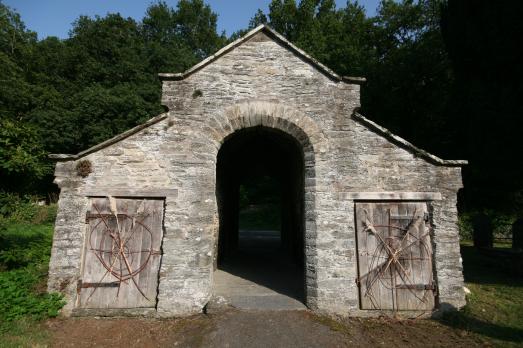
St Michael
Eglwysfach, Ceredigion | SY20 8SX
Village church with famous literary associations.
We have supported this church
Search for a fascinating place to visit, or see the variety of churches, chapels and meeting houses we have supported.

Eglwysfach, Ceredigion | SY20 8SX
Village church with famous literary associations.
We have supported this church
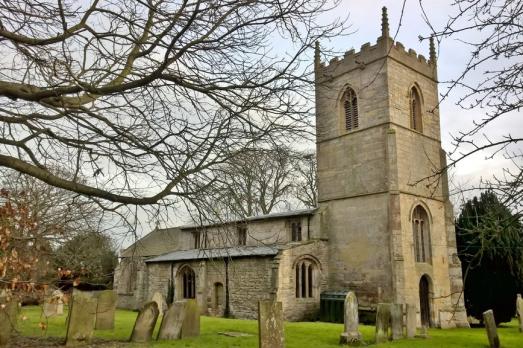
Egmanton, Nottinghamshire | NG22 0EZ
From the outside, this looks like an unexceptional medieval church, but its interior underwent an extraordinary transformation in 1896-8.
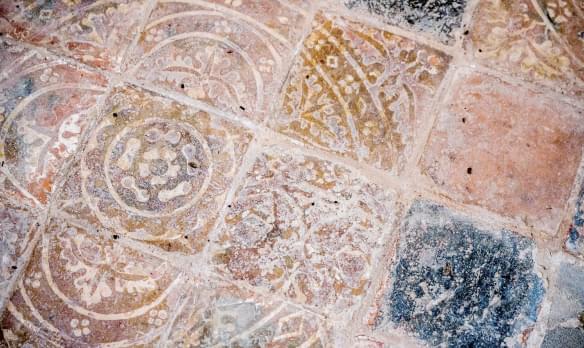
Eighton Banks, Tyne & Wear | NE9 7XG
A simple building of quiet dignity built with local sandstone with a Welsh slate roof.
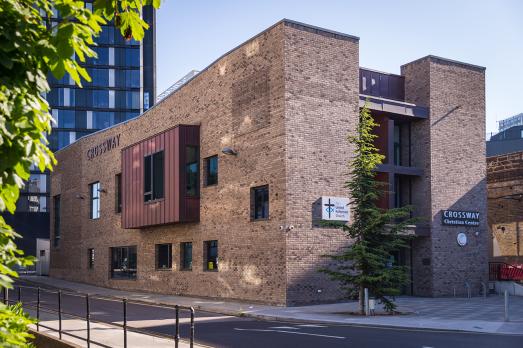
Elephant & Castle, Greater London | SE1 6SN
Crossway United Reformed Church has served the Elephant & Castle under differing denomination titles for over 150 years.
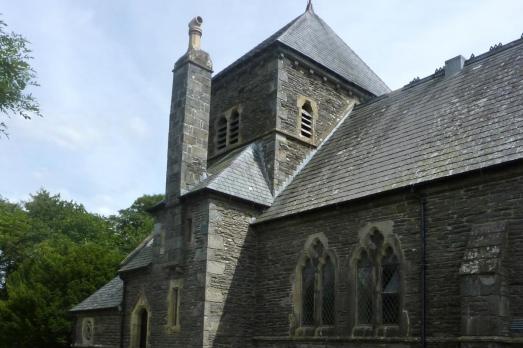
Elerch, Ceredigion | SY24 5DP
A church designed by Butterfield at the heart of the old lead mining industry.
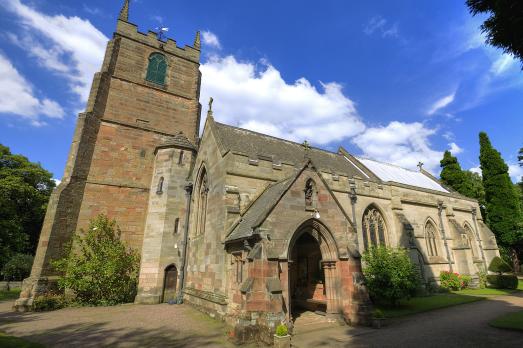
Elford, Staffordshire | B79 9DA
Highly decorated church with heraldry, 15th century alabaster tombs and stained glass.

Eling Hill, Hampshire | SO40 9HF
The tenth oldest church in England overlooks the waters of the Solent and Test Estuary from its wild churchyard.
Elkstone, Gloucestershire | GL53 9PD
The sturdy 14th century Perpendicular west tower of St John's marks the highest church in the Cotswolds.

Elland, Yorkshire | HX5 9DW
We have come full circle - built as a place of worship in 1822, returned to a place of worship in 2025.

Ellingham, Hampshire | BH24 3PJ
Although largely stone built, St Mary's is entered through a charming early 18th century brick porch, with a large blue and gold sundial.

Ellingham, Northumberland | NE67 5EX
A hidden gem in England's northernmost county.

Elloughton, Yorkshire | HU15 1HN
St Mary's is a beautiful Grade II listed church in crucifix form, close to local amenities and stunning local walks.